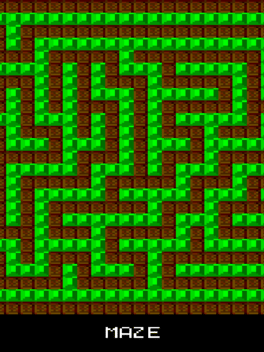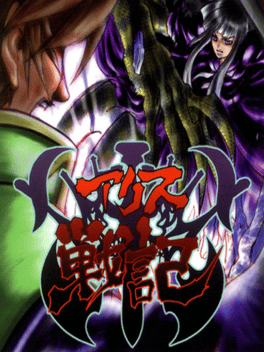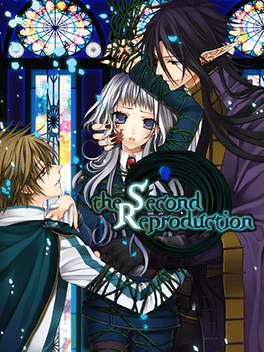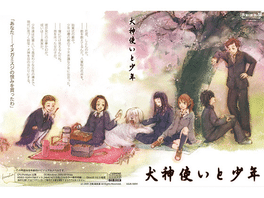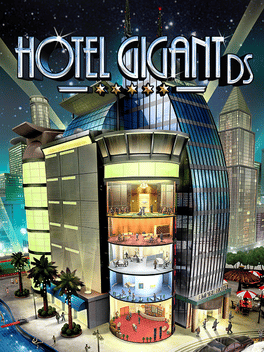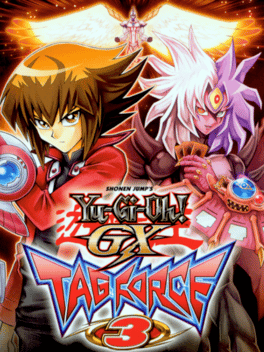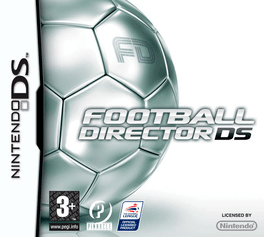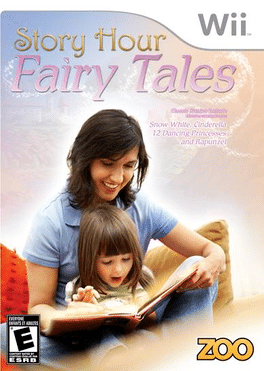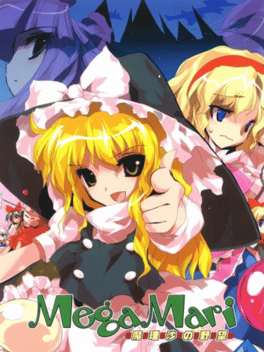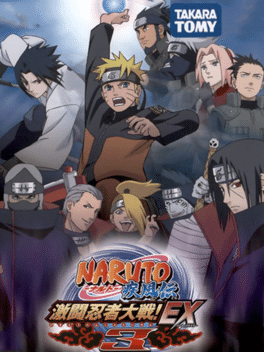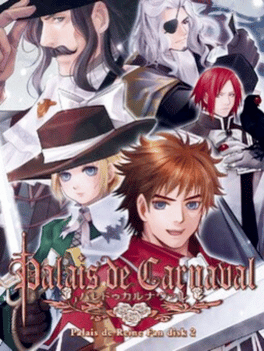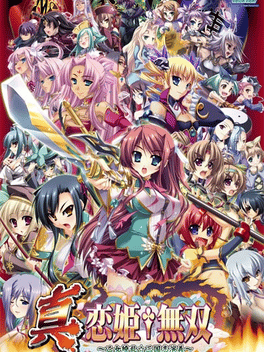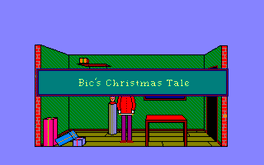New Games - Page 9872
-
Maze
2008
-
ESD Attack
2008
-
Dr. Mario
2008
-
Arkanoid
2008
-
Happy Hangover
2008
Happy Hangover
2008
Duke is headed downtown for a little R & R only to find those alien bastards have taken over the city and are drinking up all the booze in his favorite bar. That dog don't hunt so it's time to kick some alien ass and eliminate the vermin. -
Alice Senki 2
2008
Alice Senki 2
2008
Despite being called Alice Senki 2, this game is much like a polished and finished version of Alice Senki Vanilla 2003. It includes 17 characters created by Alice Soft, thus the name of the game. -
The Second Reproduction
2008
The Second Reproduction is an otome game, set in the same universe as Queen of Darkness, the circle's first game, as well as serving as a sort of sequel. Christina was the third princess of Almenan, and born in the era of war against the Demons. Having the status of a “Champion”, Christina had countless battle victories upon her shoulders and was feared by the Demon race. Being the most successful of her three sisters, her mother the queen sent her on a secret mission to assassinate the Demon Lord Gardis in return for his ruthless annihilation of the Kingdom of Crofts. Obeying her mother’s orders for the sake of her kingdom, Christina set out alongside with her most loyal knight Lezette to take the Demon Lord’s head, and to bring peace to the land. But they soon discover the Demon Lord and his people are not as ruthless as they have been told all their life. -
Hotel Giant DS
2008
Hotel Giant DS
2008
In Hotel Giant DS you play as an ambitious hotel director, who dreams of turning a simple motel into a luxurious hotel. But beware of competition and VIPs; they can push you to bankruptcy! -
Yu-Gi-Oh! GX Tag Force 3
2008
star 8.1TAG FORCE is back in the hot third installment featuring cards up to the Crossroads of Chaos Set. Battle against Jaden and his pals including Haou Jaden and Mr. T (Truman), Jessie, Bastion, and even Yubel! Fully animation dueling is a must as well as the return of the Seasonal events and Mail System from the 1st Tag Force Game. TAG FORCE 3 takes you into the world of Duel Academy like never before, and is trip you don't want to miss. -
Football Director DS
2008
Football Director DS
2008
star 7Designed by veteran football management game designer Roger Womack (whose credits include Championship Manager, FA Premier League Manager and Football World Manager) and developed by Bradford-based Four Door Lemon, Football Director DS brings all of the tactical and strategic depth that's expected of a contemporary football management game to Nintendo's handheld console. Taking complete control of his or her favourite team, the Football Director player grows and moulds a squad by judicious dealings in the transfer market; drawing from the game's database of around 3,800 players drawn from all of the major leagues across the globe. This squad can then be developed into a winning unit using the game's exhaustive training and tactics functions. -
Story Hour: Fairy Tales
2008
Story Hour is a collection of “interactive storybooks” – classic public domain children’s stories retold and recreated on the Nintendo Wii. In the same way a parent will sit with their child and read any number of classic fairy tale books, members of a family can sit in front of their television and read traditional fantasy tales with their child in an updated interactive format. At once a simple, casual game and a parent-led storytelling experience, Story Hour: Fairy Tales is beautiful, educational and fun for parents and children alike. -
MegaMari
2008
-
Naruto Shippuden: Gekitou Ninja Taisen EX3
2008
The game includes three game modes that are new to the series. Naruto's transformation now has three tails. Another new feature is the Senzai Ninriki (translated in Clash of Ninja Revolution 3 as Latent Ninja Powers), where every character glows a certain colour when they hit low health/crisis mode. Similar to gaining new specials in crisis mode as of the first Revolution game and beforehand Naruto: Gekitō Ninja Taisen! 3, the Senzai Ninriki is a special crisis mode that provides certain effects depending on the character, for example Naruto and Temari's backward strong attacks no longer use up chakra, Hinata can chakra cancel her attacks with no chakra cost, Kakashi deals damage through guard with all his attacks, Neji and Gaara automatically deflect projectiles while standing still, certain characters' moves become unblockable and so on. Most of the characters' Senzai Ninriki effects change in Naruto Shippūden: Clash of Ninja Revolution 3 onwards. One of the game's new modes is the "Hurricane Clash Mode", which -
Palais de Carnaval
2008
-
Shin Koihime Musou: Otome Ryouran Sangokushi Engi
2008
The "True" Koihime Musou reimagines the events of the original with enhanced gameplay, new characters, new art, new plot, and multiple campaigns. -
100 Classic Book Collection
2008
star 6.8100 Classic Book Collection turns your Nintendo DS into a portable library containing must-read novels from iconic authors such as Charles Dickens, Jane Austen, William Shakespeare, and many more. From Sense and Sensibility to Treasure Island, Moby Dick to A Midsummer Night's Dream, Nintendo's 100 Classic Book Collection presents 100 books that everyone should read--all conveniently housed in one single DS game cartridge. Hold the DS like a book and use the touch screen to turn the pages. 100 Classic Book Collection provides search methods to help you find a book that suits your mood and the amount of time you have to read. -
Bic's Christmas Tale
2008
-
Enkai Buchou 2
2008
Enkai Buchou 2
2008
The perfect game for the banquet season! Let's earn points by drinking with senior employees and talking to the president! Let's do our best to get promoted while collecting cosplay goods for banquet equipment with the points we earn. It has evolved significantly from the previous work "Enkai Buchou" where the elements of the mini-game collection were strong, and it is now possible to enjoy the game in an adventure way due to the structure according to the story and events. It's even more powerful than the previous work. Try "Enkai Buchlu 2"! Overcome the demon president's order with banquet performance. This is the flower path of success! I'm going to drink as ordered. Get the heart of your employees!! The managing director is being targeted by mosquitoes! Protect your tasty skin! The lonely president is calling. Run over and talk to someone! "Wear" the drunken bosses! Let's take a taxi! -
Akai Ito DS
2008

